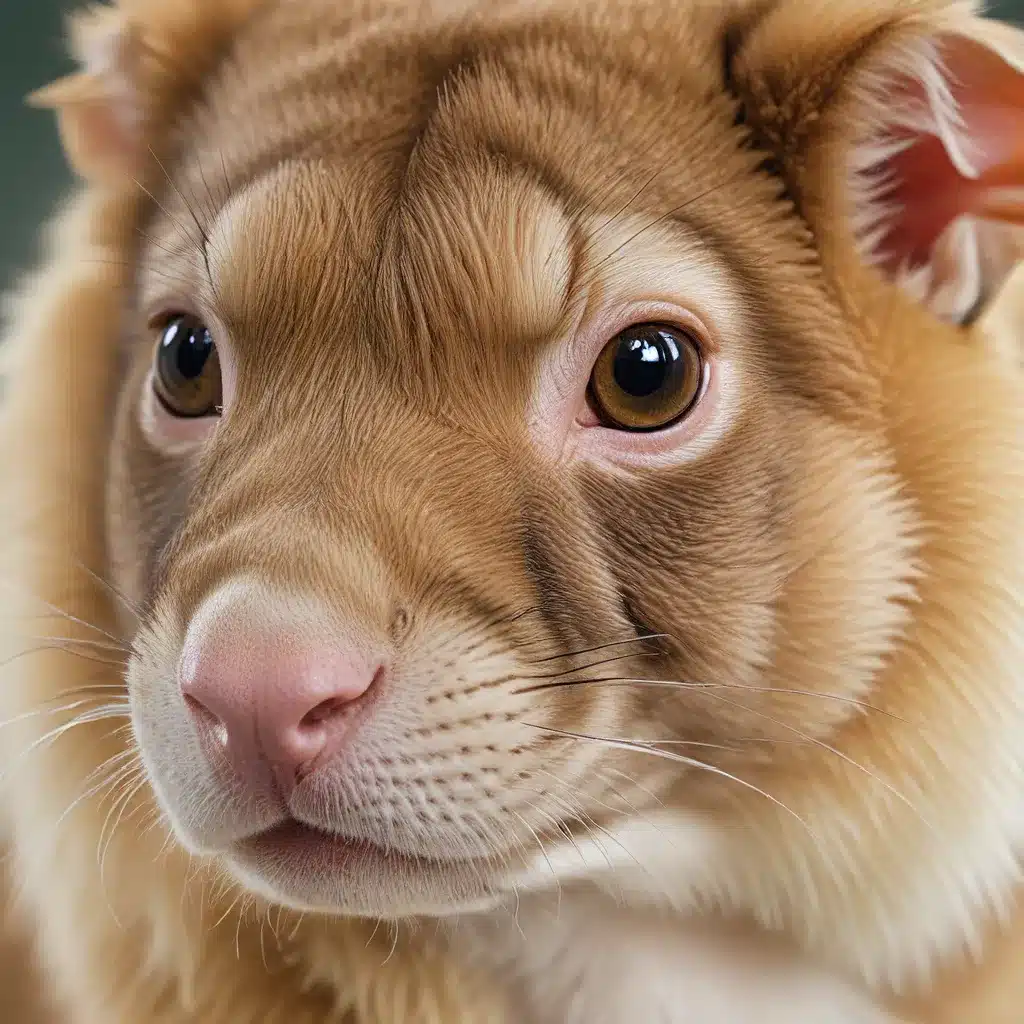
The Captive Conundrum: Navigating the Ethics of Exotic Pet Breeding
Ah, the allure of the exotic pet – those fascinating creatures that captivate our imaginations and tug at our heartstrings. As an exotic pet enthusiast myself, I can attest to the thrill of watching a vibrant chameleon or a sleek ball python in action. But behind the beauty and mystique, there lies a complex web of considerations that we, as responsible pet owners, simply cannot ignore.
Let’s dive into the world of exotic pet breeding, where the pursuit of profit and the welfare of our animal companions often find themselves at odds. It’s a delicate dance, one that requires us to confront some challenging questions. Just how far should we go in our quest for the newest, the rarest, the most visually stunning of our scaly, feathered, or furry friends? And at what cost to the wellbeing of the animals themselves?
The Inbreeding Epidemic: When Profit Trumps Animal Welfare
As I delved into the research, a troubling pattern began to emerge. In the captive breeding of many exotic species, the drive for novelty and profitability has led to a concerning rise in the practice of inbreeding. Inbreeding, a process whereby closely related individuals are mated, can have devastating effects on the health and vitality of the offspring.
Experts in the field have sounded the alarm, warning that the consequences of this practice can range from the visible – such as physical deformities and neurological issues – to the invisible, manifesting as reduced disease resistance, shortened lifespans, and reproductive challenges. Yet, the allure of producing the next coveted morph or color variation seems to have blinded some breeders to the ethical implications.
I can’t help but wonder, how many vibrant hatchlings have we lost to the quest for the ‘perfect’ specimen? And what of the countless adults, condemned to live out their days in suboptimal conditions, their genetic flaws passed on to future generations? It’s a sobering thought, one that forces us to confront the darker underbelly of the exotic pet trade.
Captive Breeding: Boon or Bane for Conservation?
But the story of exotic pet breeding doesn’t end there. Amidst the troubling tales of inbreeding and compromised animal welfare, there is also a glimmer of hope – the role that zoos and captive breeding programs can play in conservation efforts.
As Nabila Aziz eloquently explains, zoos have evolved beyond mere recreational facilities, now actively contributing to the preservation of endangered species through captive breeding, research, and public education. From the golden lion tamarin to the Przewalski’s horse, the stories of species snatched back from the brink of extinction are a testament to the potential of these institutions.
But even this silver lining is not without its clouds. Aziz highlights the challenges that zoos face, from balancing the public’s thirst for entertainment with their conservation mandate to the daunting task of prioritizing which species to devote their limited resources to. It’s a delicate balance, one that requires careful planning, collaboration, and a steadfast commitment to the wellbeing of the animals in their care.
A Plea for Ethical Responsibility
As I contemplate the complex landscape of exotic pet breeding, I can’t help but feel a deep sense of responsibility. We, as passionate enthusiasts and potential pet owners, hold the power to shape the future of this industry. Our choices, our voices, and our willingness to demand higher standards of care and ethical breeding practices can make all the difference.
It’s time to move beyond the mentality of “the rarer, the better” and embrace a more holistic approach that prioritizes the health and wellbeing of our animal companions. Let’s support breeders who prioritize genetic diversity, who eschew harmful inbreeding practices, and who work tirelessly to ensure the longevity and vitality of their captive populations.
And for those of us who dream of adding an exotic pet to our family, let’s do our homework. Research the reputability of breeders, inquire about their breeding methods, and be wary of those who seem more concerned with profits than the welfare of their animals. After all, the true measure of a responsible pet owner lies not in the rarity or beauty of their companion, but in the quality of life we can provide.
Conclusion: A Future of Harmony and Compassion
As I close this exploration of the exotic pet breeding conundrum, I can’t help but feel a sense of cautious optimism. The path forward may be fraught with challenges, but I believe that with a commitment to ethical responsibility and a willingness to put the wellbeing of our animal friends first, we can strike a harmonious balance between profit and compassion.
Let’s be the generation that ushers in a new era of exotic pet ownership – one where the thrill of discovery is matched by a deep respect for the delicate lives in our care. Together, we can create a future where the beauty of these remarkable creatures is celebrated, not exploited, and where the pursuit of profit never comes at the expense of their welfare.
After all, Golden Exotic Pets is more than just a haven for exotic enthusiasts – it’s a place where the welfare of our animal companions is the top priority. So, let’s embark on this journey together, and write the next chapter of exotic pet ownership with a steady hand and a compassionate heart.

